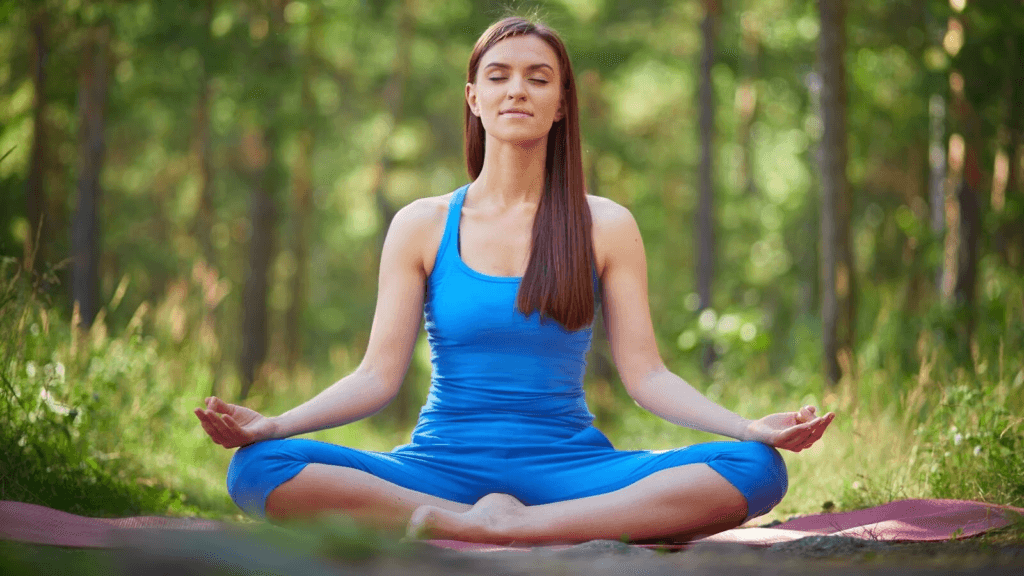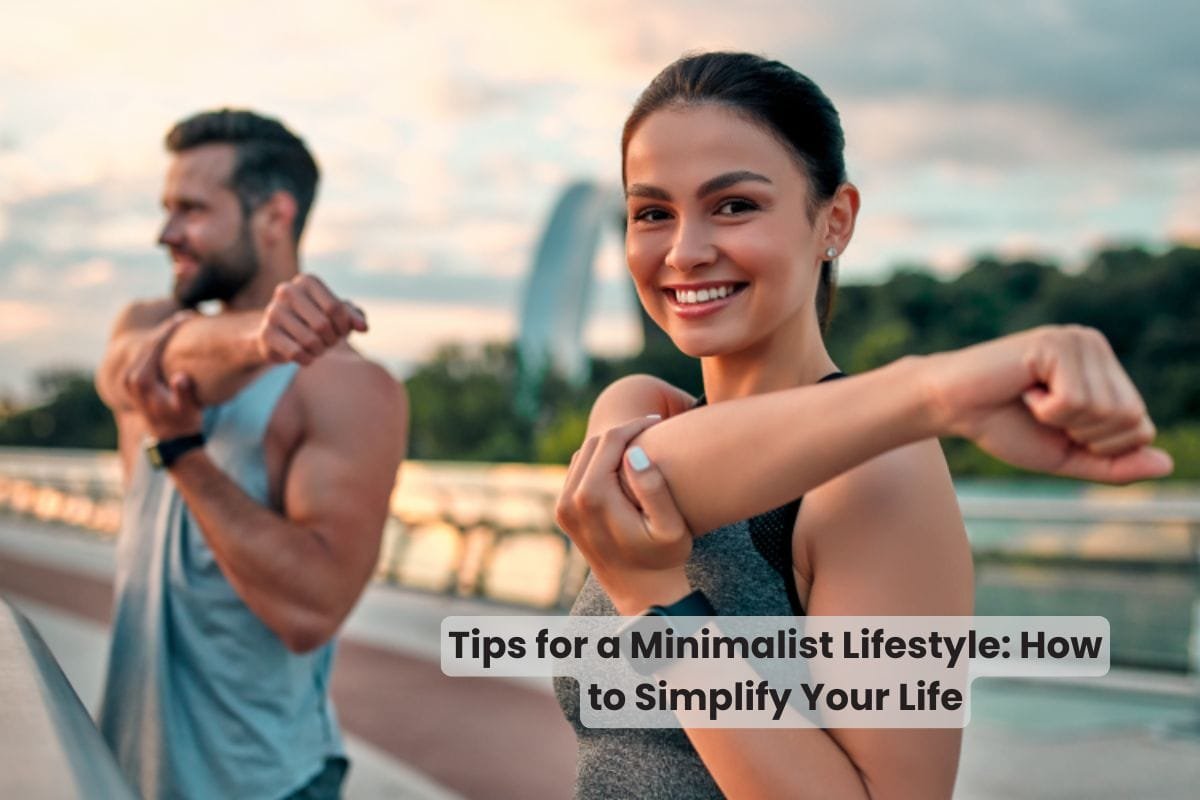The amount of stuff we own might easily overwhelm us in the fast-paced world of today. Our lives may easily get cluttered with belongings, whether they are clothing, technology, or even ideas. A minimalist lifestyle could be ideal for you if you’ve ever been overwhelmed by your belongings or mental clutter. Living simply and finding happiness in less is the core of minimalism. However, how can one begin leading a minimalistic life? I’m here to help you with some basic advice, so don’t worry.
1. Start Small

It might be incredibly intimidating to consider simplifying every aspect of your life. For this reason, it’s crucial to begin modest. Choose one aspect of your life to streamline. It may be a place in your home, an item in your closet, or even your daily itinerary. The secret is to proceed cautiously. You may start by organizing your closet, for instance. Remove everything and examine each item. Consider whether you truly need this. Does it make me happy?” It might be time to let it go if the response is negative. By beginning small, the process becomes less intimidating and gains momentum.
2. Declutter Your Space

Decluttering is one of minimalism’s main tenets. It’s critical to get rid of anything superfluous because clutter can cause tension and anxiety. Decluttering not only improves the appearance of your place but also creates space for items that are actually important. Sort through every room in your home and discard items that you are no longer using or needing. Be honest with yourself: it’s probably time to part with anything if you haven’t used it in a year. Recall that keeping only what is necessary and significant is the aim.
3. Prioritize Quality Over Quantity

Having the proper things is the goal of minimalism, not having nothing at all. Focus on acquiring a small number of long-lasting, high-quality pieces rather than overstuffing your life with inexpensive, low-quality objects. This holds true for furniture and clothing alike. For example, buy one or two pairs of well-made shoes that will last longer and provide you with more comfort rather than five pairs of inexpensive shoes. By doing this, you not only lessen clutter but also make more intelligent and environmentally friendly decisions.
4. Simplify Your Schedule

Living a minimalist lifestyle involves more than just your material possessions; it also involves your time management. Stress and burnout can result from our routines becoming as disorganized as our homes. Examine your daily schedule closely in order to simplify your life. Do you have any responsibilities or pursuits that don’t enrich your life? If so, think about removing them. Saying no to requests that don’t fit your priorities is a skill. You’ll have more time to concentrate on the things that are really important to you, like relaxing, having fun with friends and family, or just spending time with them.
5. Limit Digital Clutter

With social media, email, and a plethora of apps, it’s simple to amass a significant amount of virtual clutter in the modern digital age. Digital clutter can be as draining as physical clutter. Sort through your email inbox first. Unsubscribe from offers or newsletters that don’t interest you anymore. Sort through old emails and create folders for the ones you really need to save. Look at your smartphone after that. Which apps do you not often use? If so, get rid of them. Simplifying your digital life will let you concentrate on the things that really matter.
6. Focus on Experiences, Not Things

Finding contentment and enjoyment in experiences rather than material goods is one of minimalism’s key objectives. Reflect on the things that genuinely bring you joy. Is it a new device, or is it traveling, spending time with loved ones, or picking up new skills? You’re more likely to be happy and satisfied with life when you put your attention on the experiences you have. Consider using that money on a memorable event, such as a weekend excursion or supper with friends, rather than on a new wardrobe for a night out. While tangible things tend to lose their attractiveness over time, experiences are the source of enduring memories.
7. Practice Mindful Consumption

One important component of minimalism is being conscious of the things you bring into your life. Consider whether you truly need the item and whether it fits with your minimalist principles before making a purchase. While it’s simple to get carried away with the joy of making a new purchase, you may prevent superfluous item accumulation by engaging in conscious consumption. This simply implies that you should be more deliberate about the things you choose to bring into your life. It doesn’t mean you can never purchase anything. You’ll probably discover that by doing this, you appreciate more and need less.
8. Embrace Simplicity in All Aspects of Life

Being minimalistic is a way of thinking that you can implement in every aspect of your life, not only tidying your house and streamlining your routine. Accept simplicity in your interactions with others, your job, and even your ideas. For instance, concentrate on the relationships that are actually important rather than trying to please everyone. Set the most critical tasks first and discard the rest to simplify your work. Additionally, to rid your mind of pointless anxieties, engage in mindfulness and meditation exercises. You’re probably going to feel more at ease and satisfied if you embrace simplicity in all facets of your life.
9. Learn to Let Go

Letting go of things, both material and mental, is one of the most difficult aspects of living a minimalist lifestyle. It’s normal to feel attached to items, particularly if they have sentimental meaning, but clinging to too many things will make you feel heavy. Start with less sentimental items and work your way up to more as you practice letting go. Recall that letting go entails creating space for fresh chances and experiences rather than forgetting. It’s about making room in your life for the things that really count.
10. Stay Committed to the Journey

Being minimalist is a process rather than a goal. It’s a lifestyle that you continue to hone over time, not something you do in a single day. Remain dedicated to the process, and be lenient with yourself in the event that you make mistakes. It’s acceptable if there are moments when you feel the need to accrue more. It’s crucial that you continue to advance while keeping your minimalist principles in mind. The more you apply minimalism in your life, the easier it will get and the more advantages it will provide.
In summary
A minimalist’s goal is to make space for the things that really important in life, not only to get rid of possessions. You can feel happier, less stressed, and more fulfilled by simplifying your life and finding greater significance in the items you decide to keep. Keep in mind that your road to living a minimalist lifestyle is distinct and special to you, regardless of where you are in your journey. Enjoy the freedom and clarity that simplicity may bring, one step at a time.
FAQs
How can I begin leading a minimalistic life?
Declutter one area of your life at a time, like a room in your house or your closet.
What advantages does minimalism offer?
Being minimalistic can help you focus on the things that really matter in life, lower stress, and be happier. It encourages a more straightforward and deliberate style of living.
Does minimalism improve mental well-being?
It’s true that minimalism can enhance mental health by clearing clutter, which can result in a more tranquil atmosphere and a clearer mind.
Is decluttering the only aspect of minimalism?
No, minimalism also entails streamlining your relationships, thoughts, and schedule. It’s a comprehensive method of cutting back and concentrating on what really important.
How can I continue to live a simple life?
By engaging in mindful consumption and routinely evaluating your assets and obligations, you may demonstrate your dedication to the trip. Recall that this is an ongoing process.













